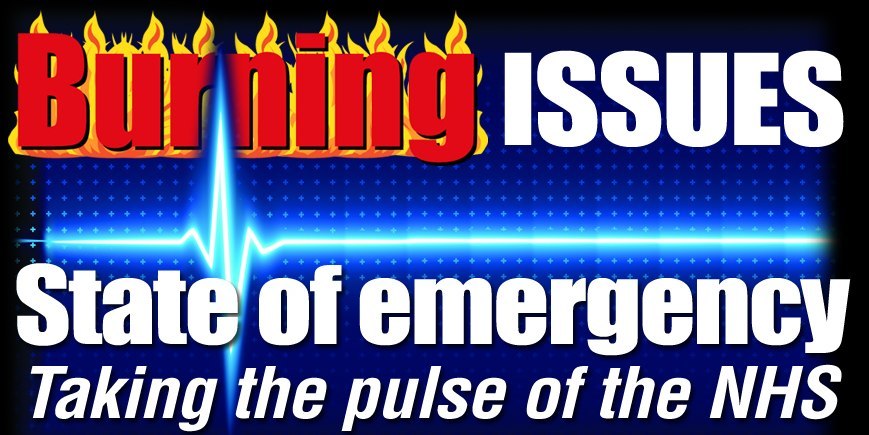The Scottish Government has said it does not know how much money has been paid to dentists for the care of NHS patients who should have been removed from their register.
It is believed millions of pounds could have been paid out to dentists for people who should have been removed from dentists’ registers because they had died or switched to another surgery.
The problem emerged when lifelong registration at NHS dentists was introduced.
Originally, patients who had not been in contact with their dentist for more than 15 months were deleted from that practice’s register.
However, the switch to continuous registration has left many surgeries with a patient list that can include people who have died, left for another practice or even duplicate entries.
NHS dentists receive 96p a month for NHS patients aged between 18 and 64 and up to £4.96 for teenagers.
It is estimated there are 150,000 dead patients or duplicate names on the register, which means millions of pounds may have been paid out wrongly.
Robert Kinloch, chairman of the British Dental Association’s Scottish practice committee, said, “The BDA raised concerns about the accuracy of patient data last year during the debate about the introduction of lifelong registration, questioning whether the lists of patients held by the NHS in Scotland included duplicated or deceased individuals.
“If such individuals are included in the published patient figures, there would clearly be implications for their accuracy. We are pleased to see that our concerns have now been investigated.
“If monies have been incorrectly paid to dentists this will have happened because of problems with the Scottish Government’s data,” he said.
“Dentists will not have been aware that the error was being made and will have invested the money they have received in their surgeries in premises, staff or meeting increased decontamination costs.
“We therefore call for the Scottish Government to adopt a pragmatic approach to rectifying its error that recognises both that the fault does not lie with dentists and that clawing back of monies already paid could adversely affect the care of the patients who remain with surgeries.
“We have also raised concerns with the Scottish Government about the slow processing of payments for treatments completed by dentists and the failure to provide accurate payments to dentists to support the delivery of services to patients who live in deprived areas.”
A spokeswoman for the Scottish Government said it is still trying to determine how many names need to be removed from the list.
“The move to non-time limited dental registration has highlighted duplicate patient registrations which led to errors in payment of dentists.
“Practitioners Services Division are undertaking urgent remedial work to address the issue and remove all duplicates from the register.
“This will help to eliminate any further errors in payment.
“We are also in the process of reviewing the national statistical dental registration data to take this into account.”
She added no decision had yet been made on whether the Scottish Government would try to recoup some or all of the misspent money.
Tory health spokesman Murdo Fraser said, “We have always suspected that the picture with dentistry was nowhere near as rosy as the SNP liked to paint it, but this is outrageous.”
